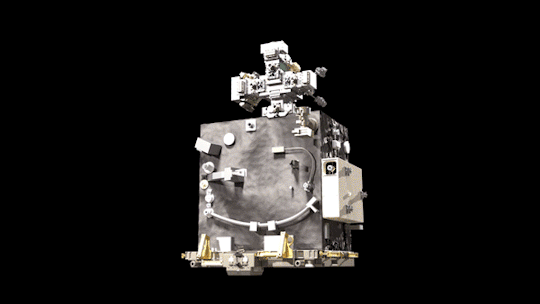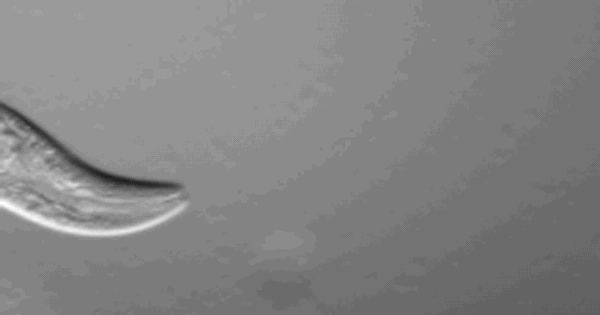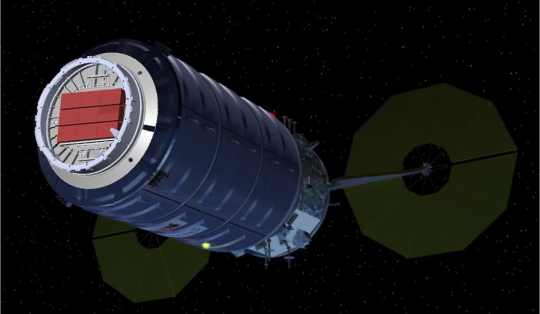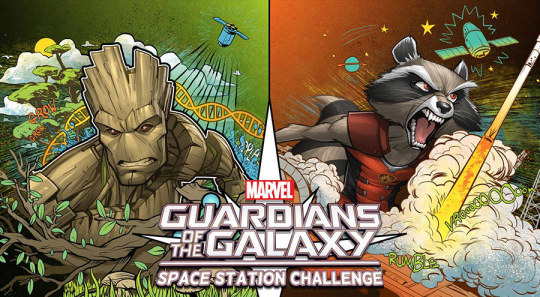New
science is headed to the International Space Station aboard
the SpaceX Dragon.
Investigations
on this flight include a test of robotic technology for refueling spacecraft, a
project to map the world’s forests and two student studies inspired by Marvel’s
“Guardians of the Galaxy” series.
Learn
more about the science heading into low-Earth orbit:
The
forest is strong with this one: GEDI studies Earth’s forests in 3D
The Global Ecosystem
Dynamics Investigation (GEDI) is an instrument to measure and map Earth’s
tropical and temperate forests in 3D.

The Jedi knights may help
protect a galaxy far, far away, but our GEDI
will help us study and understand forest changes right here on Earth.
Robotic
refueling in space
What’s cooler than cool? Cryogenic propellants,
or ice-cold spacecraft fuel! Our Robotic Refueling Mission 3 (RRM3) will demonstrate technologies for storing and
transferring these special liquids. By establishing ways to replenish this fuel
supply in space, RRM3 could help spacecraft live
longer and journey farther.

The mission’s techniques could even be applied
to potential lunar gas stations at the Moon, or refueling
rockets departing from Mars.
Staying
strong in space
The
Molecular Muscle investigation examines the
molecular causes of muscle abnormalities from spaceflight in C. elgans, a
roundworm and model organism.
This
study could give researchers a better understanding of why muscles deteriorate
in microgravity so they can improve methods to help crew members maintain their
strength in space.

Investigation
studies space-grown crystals for protection against radiation
Perfect Crystals is a study to learn more about an
antioxidant protein called manganese superoxide dismutase that protects the
body from the effects of radiation and some harmful chemicals.
The
station’s microgravity environment allows researchers to grow more perfectly
ordered crystals of the proteins. These crystals are brought back to Earth and
studied in detail to learn more about how the manganese superoxide dismutase
works. Understanding how this protein functions may aid researchers in
developing techniques to reduce the threat of radiation exposure to astronauts
as well as prevent and treat some kinds of cancers on Earth.
Satellite
deployment reaching new heights with SlingShot
SlingShot
is a new, cost-effective commercial satellite deployment system that will be
tested for the first time.

SlingShot
hardware, two small CubeSats, and a hosted payload will be carried to the
station inside SpaceX’s Dragon capsule and installed on a Cygnus spacecraft
already docked to the orbiting laboratory. Later, Cygnus will depart station
and fly to a pre-determined altitude to release the satellites and interact
with the hosted payload.
Investigation
studies accelerated aging in microgravity
Spaceflight
appears to accelerate aging in both humans and mice. Rodent Research-8 (RR-8) is a study to understand the physiology of
aging and the role it plays on the progression of disease in humans. This
investigation could provide a better understanding of how aging changes the
body, which may lead to new therapies for related conditions experienced by
astronauts in space and people on Earth.
Guardians
of the space station: Student contest flies to orbiting lab
The
MARVEL ‘Guardians of the Galaxy’ Space Station Challenge is a joint project between
the U.S. National Laboratory and Marvel Entertainment featuring two winning
experiments from a contest for American teenage students. For the contest,
students were asked to submit microgravity experiment concepts that related to
the Rocket and Groot characters from Marvel’s “Guardians of the Galaxy” comic
book series.

Team
Rocket: Staying Healthy in Space
If
an astronaut suffers a broken tooth or lost filling in space, they need a
reliable and easy way to fix it. This experiment investigates how well a dental
glue activated by ultraviolet light would work in microgravity. Researchers
will evaluate the use of the glue by treating simulated broken teeth and
testing them aboard the station.
Team
Groot: Aeroponic Farming in Microgravity
This
experiment explores an alternative method for watering plants in the absence of
gravity using a misting device to deliver water to the plant roots and an air
pump to blow excess water away. Results from this experiment may enable humans
to grow fruits and vegetables in microgravity, and eliminate a major obstacle
for long-term spaceflight.
These
investigation join hundreds of others currently happening aboard the station.
For more info, follow @ISS_Research!
Make sure to follow us on Tumblr for your regular dose of space: http://nasa.tumblr.com





Комментариев нет:
Отправить комментарий